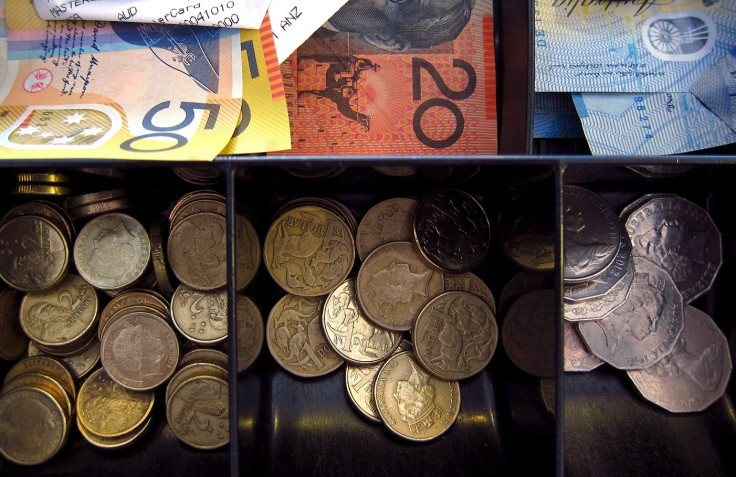Australian Dollar Outlook - April 13, 2016

Bell FX Currency Outlook: The Australian Dollar strengthened overnight as the USD sell-off continues, lifting currencies against the USD.
Australia: The big story is this. The Fed’s Harker and Kaplan erred on the side of caution for the path of policy normalisation and fuelled the USD softness. To other news, despite the IMF downgrading global growth (again) for 2016, sentiment was generally positive. Crude oil and iron ore prices rose strongly. Iron ore prices remain firm as Chinese steel mills experience the highest level of profitability in 12 months. Oil prices have rallied further on reports that Russia and Saudi Arabia have agreed to cap production. Locally, yesterday’s business survey came in stronger than expected, with an improved outlook in March in confidence and conditions. Business conditions increased for a second consecutive month, reaching a post-GFC high. Business confidence was also strong in March, and has risen for three consecutive months (this is in contrast to consumer confidence which has been declining over the past four weeks and is now below levels seen at the beginning of the year). So while consumers remain cautious, the business sector appears unfazed by these concerns. In Australia, Westpac consumer confidence for March will be released at 10:30am AEST. US data should remain solid today, but the weak USD trend is becoming more familiar for now.
Majors: EUR/USD remains constrained by resistance, while USD/JPY rebounded as markets regroup. USD/CAD broke pivotal resistance following oil’s lift. The IMF’s World Economic Outlook was released overnight, with global growth cut to 3.2% in 2016. There were downward revisions for several countries although China was revised higher to 6.5% y/y. A number of risks to the global economy were highlighted: a disorderly pullback of capital from emerging markets; China’s transition; strains on oil exporters; bouts of financial market volatility and tighter financial conditions; protracted recessions in EM countries currently experiencing distress; geopolitical risks; and the potential ‘Brexit’. Fed Dallas Fed President Kaplan said “I think people should expect it’s going to be a slow, patient, gradual normalization”. 2016 is shaping up as another very challenging year in the FX markets.
Economic Calendar 13 APR
- AU Westpac Consumer Confidence Apr
- CH Trade Balance/Imports/Exports Mar
- US Retail Sales Mar
- CA BoC Interest Rate Decision
Bell Fx
[Kick off your trading day with our newsletter]
More from IBT Markets:
Follow us on Facebook
Follow us on Twitter
Subscribe to get this delivered to your inbox daily






